Fig. 1
In less than a decade, 400+ artist production spaces, music and performing arts venues, and art galleries have rapidly closed.


Circle size corresponds to number of artists
Eastside Culture Crawl, 2019. culturecrawl.ca/citywithoutart
Fig. 3
Which means, over 80% of artists and cultural organizations in B.C. face economic displacement.
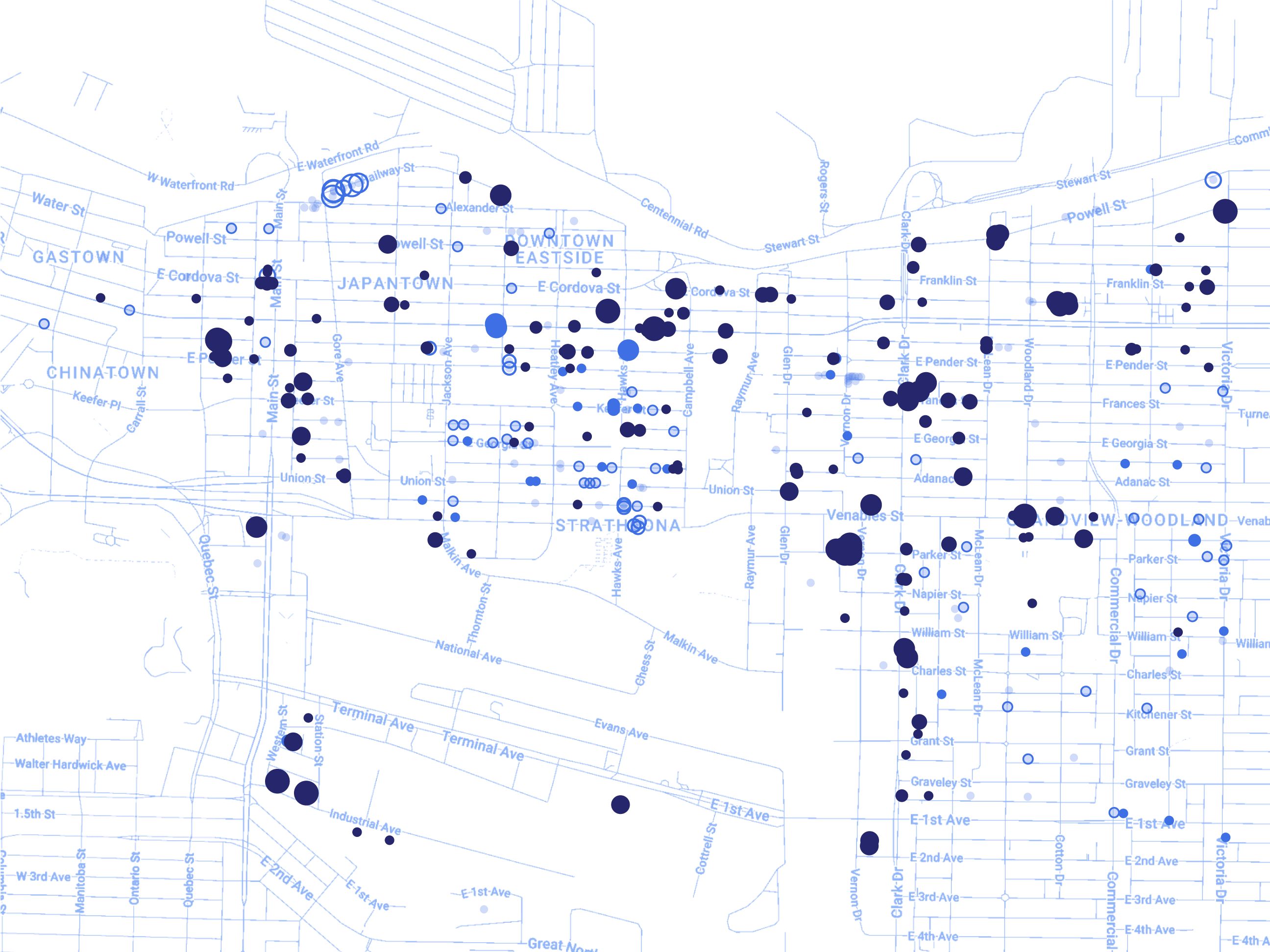


Circle size corresponds to number of artists
Eastside Culture Crawl, 2019. culturecrawl.ca/citywithoutart
By 2050, the Cultural Land Trust will secure 30 properties in B.C.
Operate as an independent charitable organization with an 11-person governance—with direct representation from tenants.
For artists and cultural organizations in B.C. to have collective stewardship of land and buildings.
Fig. 6
We are currently seeking seed funding.
Let’s realize a sustainable, community solution that keeps artists and cultural organizations in B.C. Here’s how it works:
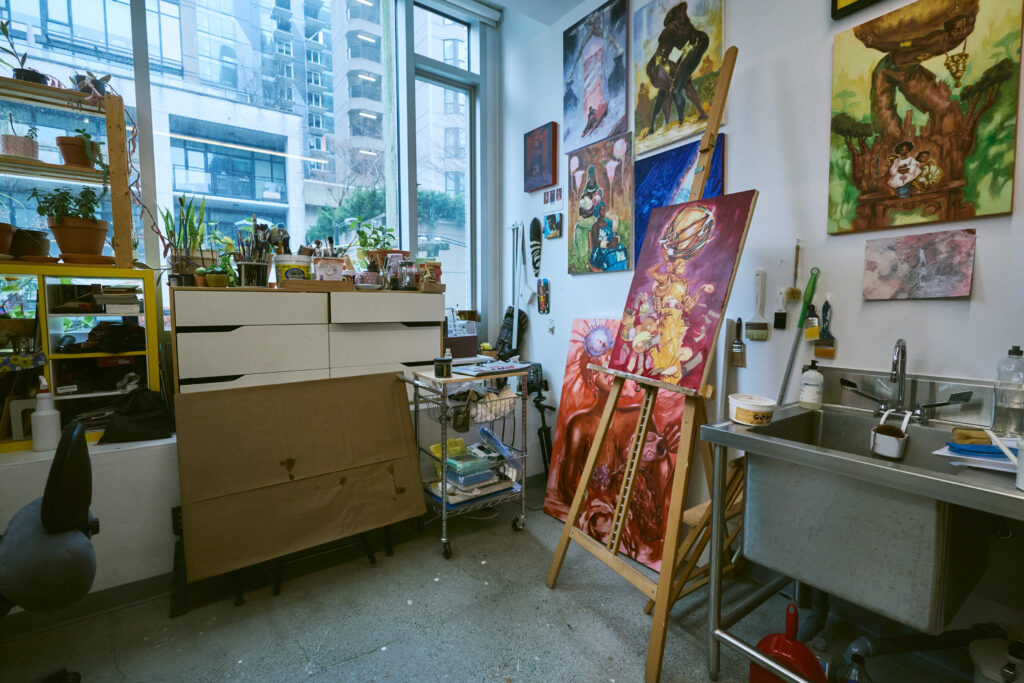
Combining grants, municipal rezoneings and philanthropy to create a stronger and accountable investment opportunity that supports artists and cultural organizations.
Equitable and meaningful participation from Indigenous, Black and artists of Colour in governance and managing assets of the trust.
Creating a model for community solutions that works beyond this region; providing government regulatory feedback.
The Cultural Land Trust will be a charitable organization with an independent board that has representation from tenants and members of the general arts community.

Funds and buildings are received from government and philanthropic sources.
Buildings are financed, acquired and/or developed for cultural uses.
Arts and cultural nonprofit partners are engaged through long-term leases or equity ownership.
Security of tenure is achieved and properties are removed from speculative market.
Land trust assets are leveraged for additional growth.
Land trust becomes a core advocate for regulatory improvements and cultural sector learning.
CULTURAL LAND TRUST IS SELF-SUSTAINING AND GROWS.
Who else has done this work?
Who we are and why us?

221A is the fiscal sponsor of Cultural Land Trust, supporting in the research, planning and startup phase. Together, we can address the particular challenges facing arts and culture organizations in B.C. and beyond.
Brian McBay, 221A Executive Director
Carmut Me, 221A Head of Cultural Spaces, R&D
TOMO Spaces, Consultant
Andy Broderick
Lara Honrado
Keith Jardine
Ginger Gosnell-Myers
Am Johal, Advisory
Ann McDonell, Advisory
Bopha Chhay, Advisory
Emiko Morita, Advisory
Glenn Alteen, Advisory
Jeff Derksen, Advisory
Jennifer Johnstone, Advisory
Sabine Bitter, Advisory
Eastside Arts District
City of Vancouver




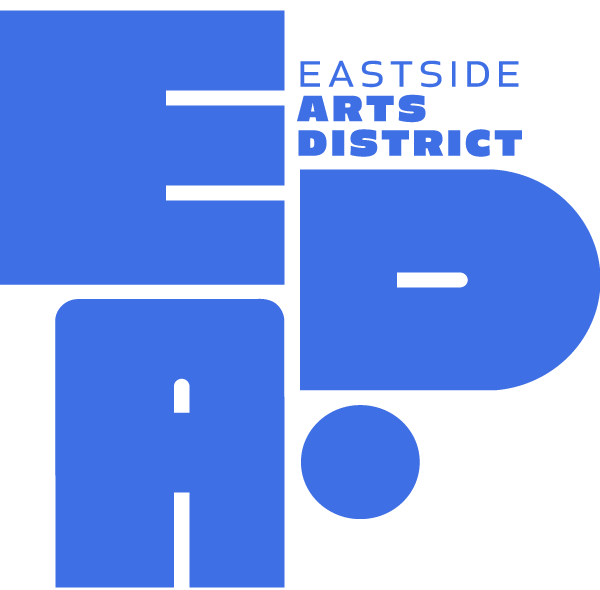

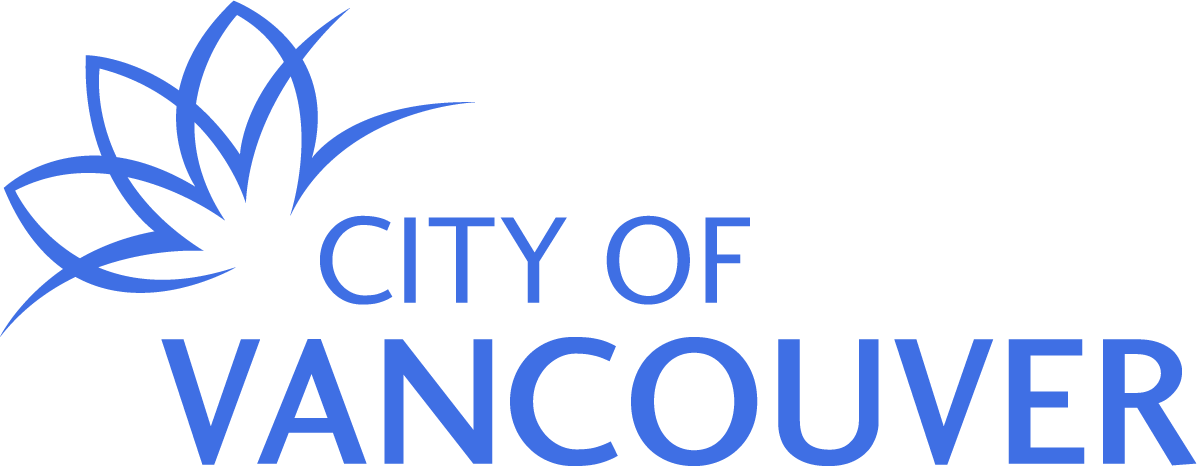
History and progress
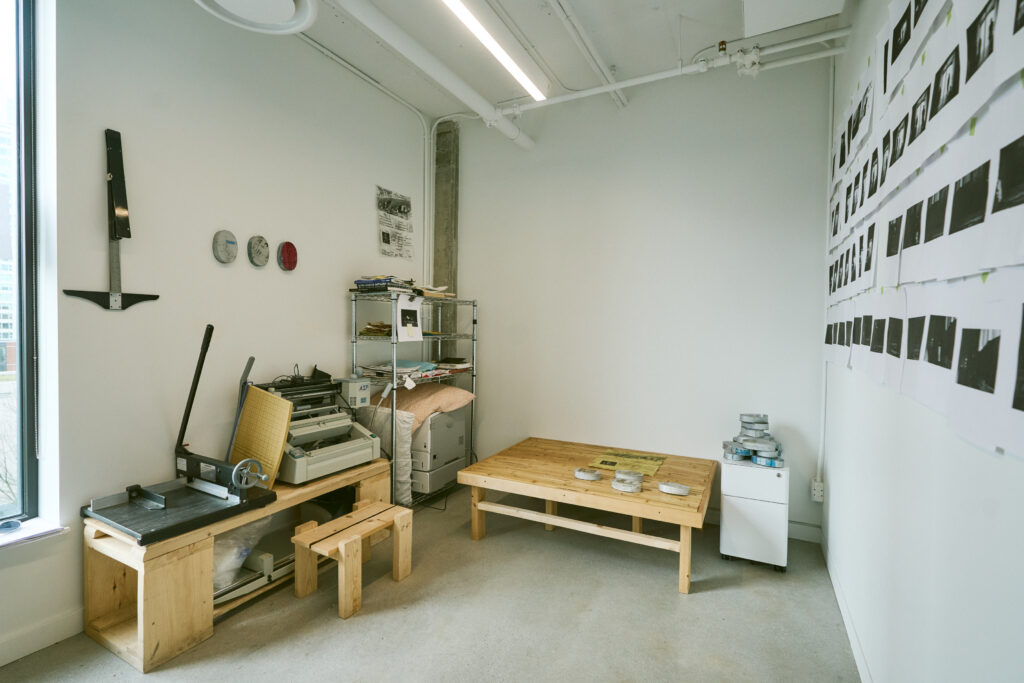
Idea validation (research)
Pre-seed
Seed
Operational